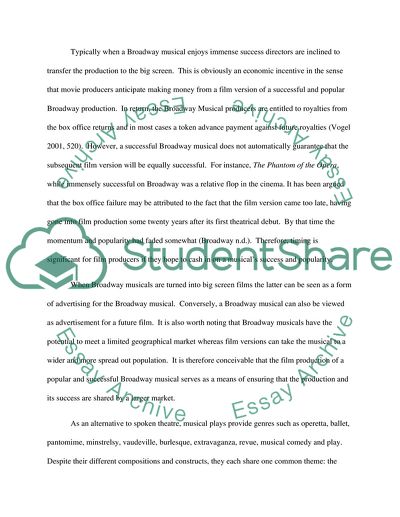Cite this document
(“The Development of The American Broadway as Theatre and Culture Research Paper”, n.d.)
The Development of The American Broadway as Theatre and Culture Research Paper. Retrieved from https://studentshare.org/culture/1739865-american-broadway
The Development of The American Broadway as Theatre and Culture Research Paper. Retrieved from https://studentshare.org/culture/1739865-american-broadway
(The Development of The American Broadway As Theatre and Culture Research Paper)
The Development of The American Broadway As Theatre and Culture Research Paper. https://studentshare.org/culture/1739865-american-broadway.
The Development of The American Broadway As Theatre and Culture Research Paper. https://studentshare.org/culture/1739865-american-broadway.
“The Development of The American Broadway As Theatre and Culture Research Paper”, n.d. https://studentshare.org/culture/1739865-american-broadway.


